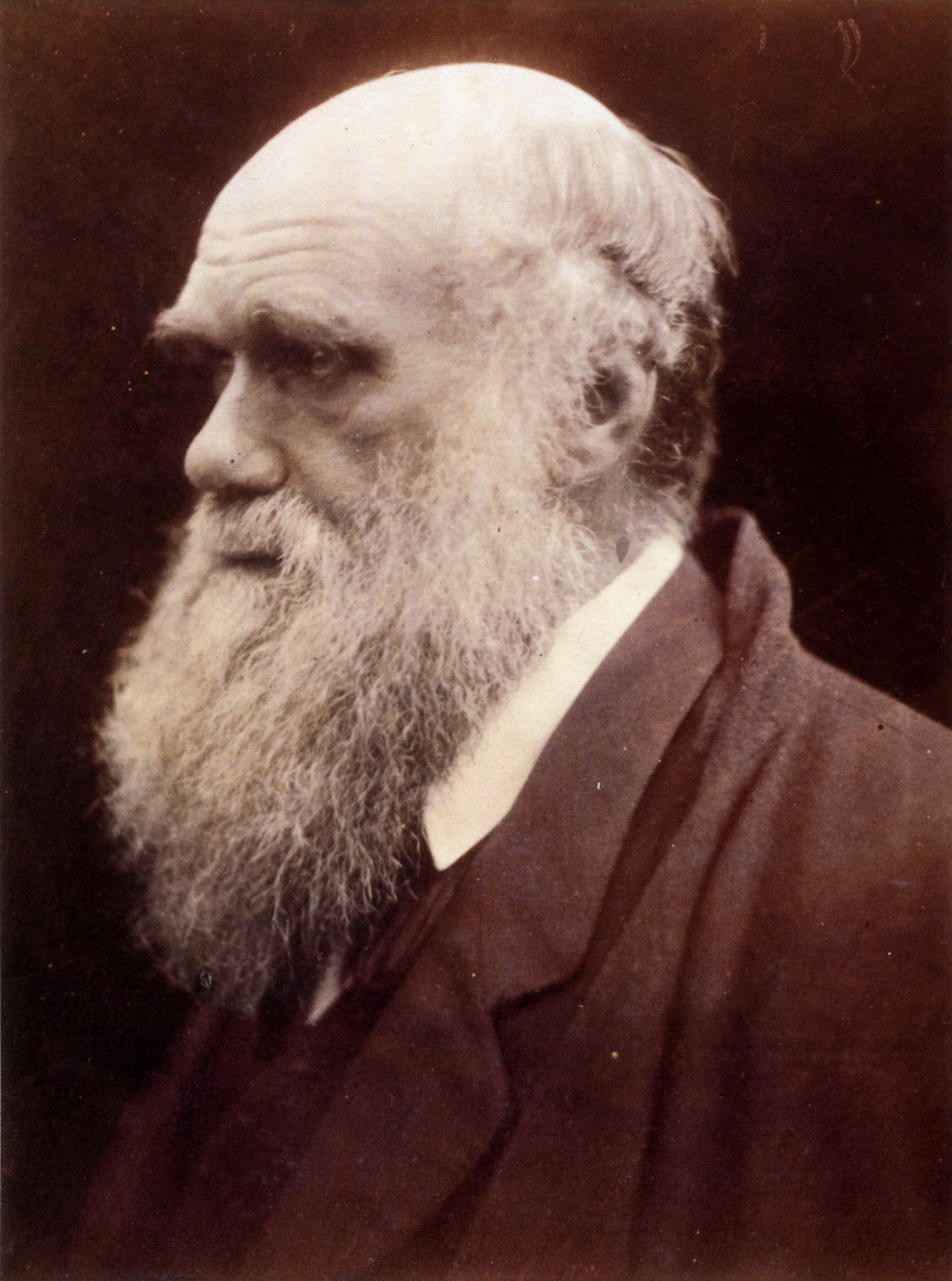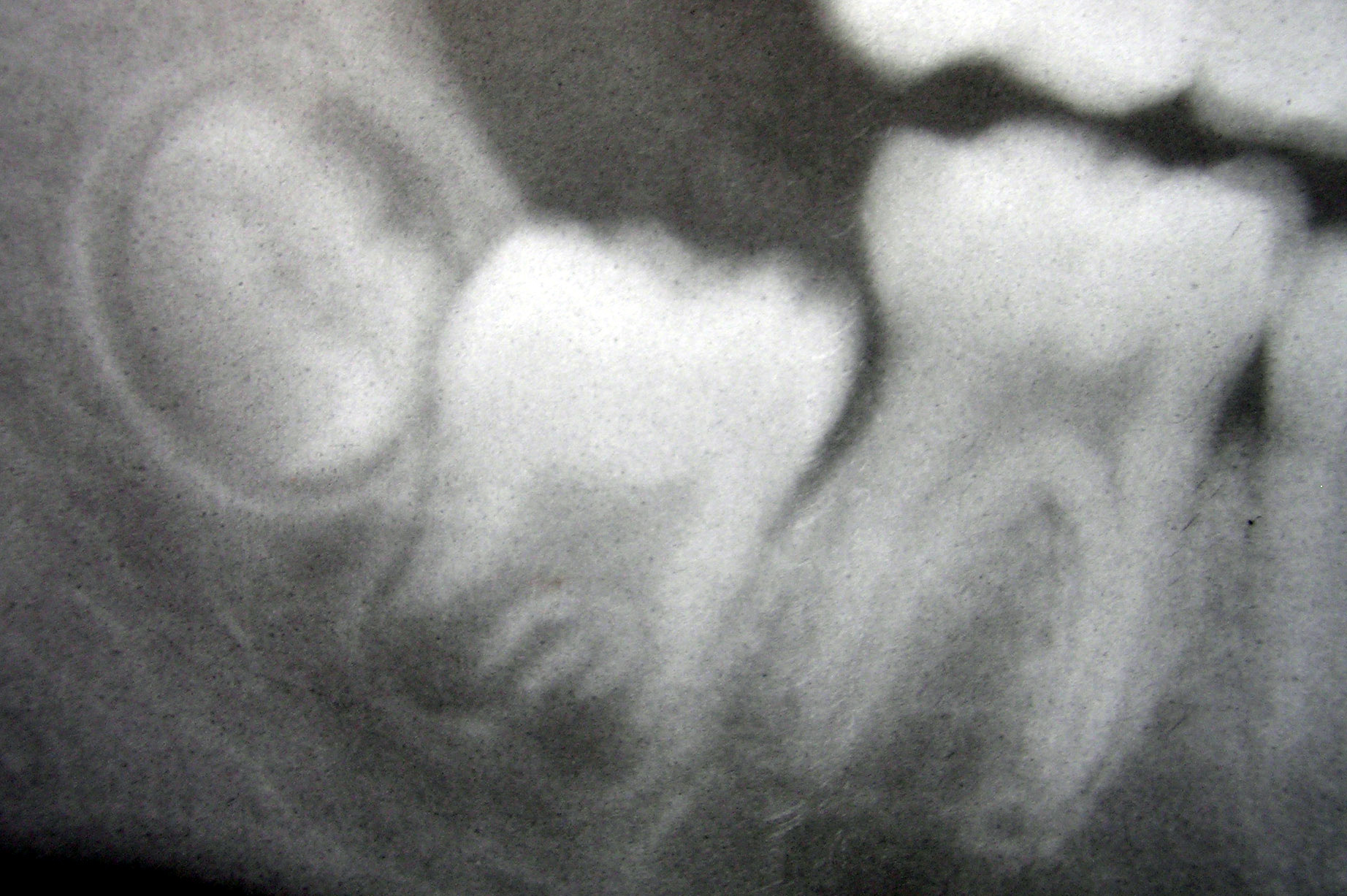|
Stanley Marion Garn
Stanley Marion Garn Ph.D. (October 27, 1922 – August 31, 2007) was a human biologist and educator. He was Professor of Anthropology at the College for Literature, Science and Arts and Professor of Nutrition at the School of Public Health at the University of Michigan.University of Michigan. The Center for Human Growth and Development. Stanley M. Garn. Ph.D. August 23, 2006. He joined the University of Michigan in 1968. Work Garn produced a large body of work on many areas of human biology, beginning with human hair and eventually contributing research on determinants of coronary artery disease, somatotype, human races, dental development, skeletal development, nutrition, obesity and bone mineralization, among other subjects. In relation to his study on obesity, he studied over-nutrition and under-nutrition, human fat over the course of the human life cycle and the correlation between growth rate in infants and later fatness. He concluded that genetics forms a major component ... [...More Info...] [...Related Items...] OR: [Wikipedia] [Google] [Baidu] |
University Of Michigan
, mottoeng = "Arts, Knowledge, Truth" , former_names = Catholepistemiad, or University of Michigania (1817–1821) , budget = $10.3 billion (2021) , endowment = $17 billion (2021)As of October 25, 2021. , president = Santa Ono , provost = Laurie McCauley , established = , type = Public research university , academic_affiliations = , students = 48,090 (2021) , undergrad = 31,329 (2021) , postgrad = 16,578 (2021) , administrative_staff = 18,986 (2014) , faculty = 6,771 (2014) , city = Ann Arbor , state = Michigan , country = United States , coor = , campus = Midsize City, Total: , including arboretum , colors = Maize & Blue , nickname = Wolverines , sporti ... [...More Info...] [...Related Items...] OR: [Wikipedia] [Google] [Baidu] |
Micronesians
The Micronesians or Micronesian peoples are various closely related ethnic groups native to Micronesia, a region of Oceania in the Pacific Ocean. They are a part of the Austronesian ethnolinguistic group, which has an Urheimat in Taiwan. Ethno-linguistic groups classified as Micronesian include the Carolinians (Northern Mariana Islands), Chamorros (Guam & Northern Mariana Islands), Chuukese, Mortlockese, Namonuito, Paafang, Puluwat and Pollapese ( Chuuk), I-Kiribati (Kiribati), Kosraeans (Kosrae), Marshallese (Marshall Islands), Nauruans ( Nauru), Palauans, Sonsorolese (Palau), Pohnpeians, Pingelapese, Ngatikese, Mwokilese (Pohnpei), and Yapese, Ulithian, Woleian, Satawalese (Yap). Origins Based on the current scientific consensus, the Micronesians are considered, by linguistic, archaeological, and human genetic evidence, to be a subset of the sea-migrating Austronesian people, who include the Polynesians and the Melanesians. Austronesians were the first people to i ... [...More Info...] [...Related Items...] OR: [Wikipedia] [Google] [Baidu] |
University Of Michigan Faculty
A university () is an institution of higher (or tertiary) education and research which awards academic degrees in several academic disciplines. Universities typically offer both undergraduate and postgraduate programs. In the United States, the designation is reserved for colleges that have a graduate school. The word ''university'' is derived from the Latin ''universitas magistrorum et scholarium'', which roughly means "community of teachers and scholars". The first universities were created in Europe by Catholic Church monks. The University of Bologna (''Università di Bologna''), founded in 1088, is the first university in the sense of: *Being a high degree-awarding institute. *Having independence from the ecclesiastic schools, although conducted by both clergy and non-clergy. *Using the word ''universitas'' (which was coined at its foundation). *Issuing secular and non-secular degrees: grammar, rhetoric, logic, theology, canon law, notarial law.Hunt Janin: "The university ... [...More Info...] [...Related Items...] OR: [Wikipedia] [Google] [Baidu] |
Paleoanthropologists
Paleoanthropology or paleo-anthropology is a branch of paleontology and anthropology which seeks to understand the early development of anatomically modern humans, a process known as hominization, through the reconstruction of evolutionary kinship lines within the family Hominidae, working from biological evidence (such as petrified skeletal remains, bone fragments, footprints) and cultural evidence (such as stone tools, artifacts, and settlement localities). The field draws from and combines primatology, paleontology, biological anthropology, and cultural anthropology. As technologies and methods advance, genetics plays an ever-increasing role, in particular to examine and compare DNA structure as a vital tool of research of the evolutionary kinship lines of related species and genera. Etymology The term paleoanthropology derives from Greek palaiós (παλαιός) "old, ancient", ánthrōpos (ἄνθρωπος) "man, human" and the suffix -logía (-λογία) "study of". Hom ... [...More Info...] [...Related Items...] OR: [Wikipedia] [Google] [Baidu] |
2007 Deaths
This is a list of deaths of notable people, organised by year. New deaths articles are added to their respective month (e.g., Deaths in ) and then linked here. 2022 2021 2020 2019 2018 2017 2016 2015 2014 2013 2012 2011 2010 2009 2008 2007 2006 2005 2004 2003 2002 2001 2000 1999 1998 1997 1996 1995 1994 1993 1992 1991 1990 1989 1988 1987 See also * Lists of deaths by day The following pages, corresponding to the Gregorian calendar, list the historical events, births, deaths, and holidays and observances of the specified day of the year: Footnotes See also * Leap year * List of calendars * List of non-standard ... * Deaths by year {{DEFAULTSORT:deaths by year ... [...More Info...] [...Related Items...] OR: [Wikipedia] [Google] [Baidu] |
1922 Births
Nineteen or 19 may refer to: * 19 (number), the natural number following 18 and preceding 20 * one of the years 19 BC, AD 19, 1919, 2019 Films * ''19'' (film), a 2001 Japanese film * ''Nineteen'' (film), a 1987 science fiction film Music * 19 (band), a Japanese pop music duo Albums * ''19'' (Adele album), 2008 * ''19'', a 2003 album by Alsou * ''19'', a 2006 album by Evan Yo * ''19'', a 2018 album by MHD * ''19'', one half of the double album ''63/19'' by Kool A.D. * ''Number Nineteen'', a 1971 album by American jazz pianist Mal Waldron * ''XIX'' (EP), a 2019 EP by 1the9 Songs * "19" (song), a 1985 song by British musician Paul Hardcastle. * "Nineteen", a song by Bad4Good from the 1992 album '' Refugee'' * "Nineteen", a song by Karma to Burn from the 2001 album ''Almost Heathen''. * "Nineteen" (song), a 2007 song by American singer Billy Ray Cyrus. * "Nineteen", a song by Tegan and Sara from the 2007 album '' The Con''. * "XIX" (song), a 2014 song by Slipkn ... [...More Info...] [...Related Items...] OR: [Wikipedia] [Google] [Baidu] |
Melanesians
Melanesians are the predominant and indigenous inhabitants of Melanesia, in a wide area from Indonesia's New Guinea to as far East as the islands of Vanuatu and Fiji. Most speak either one of the many languages of the Austronesian language family, especially ones in the Oceanic branch, or from one of the many unrelated families of Papuan languages. Other languages are the several creoles of the region, such as Tok Pisin, Hiri Motu, Solomon Islands Pijin, Bislama, and Papuan Malay. Origin and genetics The original inhabitants of the group of islands now named Melanesia were likely the ancestors of the present-day Papuan people. They appear to have occupied these islands as far east as the main islands in the Solomon Islands, including Makira and possibly the smaller islands farther to the east. Particularly along the north coast of New Guinea and in the islands north and east of New Guinea, the Austronesian people, who had migrated into the area more than 3,000 years ago, c ... [...More Info...] [...Related Items...] OR: [Wikipedia] [Google] [Baidu] |
Polynesians
Polynesians form an ethnolinguistic group of closely related people who are native to Polynesia (islands in the Polynesian Triangle), an expansive region of Oceania in the Pacific Ocean. They trace their early prehistoric origins to Island Southeast Asia and form part of the larger Austronesian ethnolinguistic group with an Urheimat in Taiwan. They speak the Polynesian languages, a branch of the Oceanic subfamily of the Austronesian language family. there were an estimated 2 million ethnic Polynesians (full and part) worldwide, the vast majority of whom either inhabit independent Polynesian nation-states (Samoa, Niue, Cook Islands, Tonga, and Tuvalu) or form minorities in countries such as Australia, Chile (Easter Island), New Zealand, France (French Polynesia and Wallis and Futuna), and the United States (Hawaii and American Samoa), in addition to the British Overseas Territory of the Pitcairn Islands. New Zealand had the highest population of Polynesians, estimated at 1 ... [...More Info...] [...Related Items...] OR: [Wikipedia] [Google] [Baidu] |
Pacific Islander
Pacific Islanders, Pasifika, Pasefika, or rarely Pacificers are the peoples of the list of islands in the Pacific Ocean, Pacific Islands. As an ethnic group, ethnic/race (human categorization), racial term, it is used to describe the original peoples—inhabitants and diasporas—of any of the three major subregions of Oceania (Melanesia, Micronesia, and Polynesia). Melanesians include the Fijians (Fiji), Kanak people, Kanaks (New Caledonia), Ni-Vanuatu (Vanuatu), Papua New Guinean people, Papua New Guineans (Papua New Guinea), Solomon Islands#Ethnic groups, Solomon Islanders (Solomon Islands), and Western New Guinea#Demographics, West Papuans (Indonesia's Western New Guinea, West Papua). Micronesians include the Carolinian people, Carolinians (Northern Mariana Islands), Chamorro people, Chamorros (Guam), Chuukese people, Chuukese (Chuuk State, Chuuk), Kiribati people, I-Kiribati (Kiribati), Kosraeans (Kosrae), Marshallese people, Marshallese (Marshall Islands), Palauans (Palau ... [...More Info...] [...Related Items...] OR: [Wikipedia] [Google] [Baidu] |
Obesity
Obesity is a medical condition, sometimes considered a disease, in which excess body fat has accumulated to such an extent that it may negatively affect health. People are classified as obese when their body mass index (BMI)—a person's weight divided by the square of the person's height—is over ; the range is defined as overweight. Some East Asian countries use lower values to calculate obesity. Obesity is a major cause of disability and is correlated with various diseases and conditions, particularly cardiovascular diseases, type 2 diabetes, obstructive sleep apnea, certain types of cancer, and osteoarthritis. Obesity has individual, socioeconomic, and environmental causes. Some known causes are diet, physical activity, automation, urbanization, genetic susceptibility, medications, mental disorders, economic policies, endocrine disorders, and exposure to endocrine-disrupting chemicals. While a majority of obese individuals at any given time are attempting to ... [...More Info...] [...Related Items...] OR: [Wikipedia] [Google] [Baidu] |
Dysmorphogenesis
References Bibliography * Reece JB, Urry LA, Cain ML, Wasserman SA, Minorsky PV, Jackson RB. Campbell Biology (10th ed.). Addison Wesley Longman; 2014. {{DEFAULTSORT:Biological development disorders Lists of diseases Disability-related lists Biological nomenclature Medical terminology Lists of biology lists ... [...More Info...] [...Related Items...] OR: [Wikipedia] [Google] [Baidu] |
Odontogenesis
Tooth development or odontogenesis is the complex process by which teeth form from embryonic cells, grow, and erupt into the mouth. For human teeth to have a healthy oral environment, all parts of the tooth must develop during appropriate stages of fetal development. Primary (baby) teeth start to form between the sixth and eighth week of prenatal development, and permanent teeth begin to form in the twentieth week.Ten Cate's Oral Histology, Nanci, Elsevier, 2013, pages 70-94 If teeth do not start to develop at or near these times, they will not develop at all, resulting in hypodontia or anodontia. A significant amount of research has focused on determining the processes that initiate tooth development. It is widely accepted that there is a factor within the tissues of the first pharyngeal arch that is necessary for the development of teeth. Overview The tooth germ is an aggregation of cells that eventually forms a tooth.University of Texas Medical Branch. These cells are der ... [...More Info...] [...Related Items...] OR: [Wikipedia] [Google] [Baidu] |



